First textbook for cloacal malformations offers deep dive into care and treatment
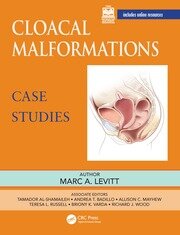 “Within the field of pediatric colorectal and pelvic reconstruction, the most complex anatomic problem a pediatric surgeon can face is that of a cloacal malformation,” writes Marc A. Levitt, M.D., chief of Colorectal and Pelvic Reconstruction at Children’s National Hospital. A new, first-of-its kind textbook, Cloacal Malformations: Case Studies, seeks to shed light on the multi-disciplinary care required to care for people with this rare condition — when the urinary, gynecologic and colorectal system all exit the body via a common channel which requires reconstruction.
“Within the field of pediatric colorectal and pelvic reconstruction, the most complex anatomic problem a pediatric surgeon can face is that of a cloacal malformation,” writes Marc A. Levitt, M.D., chief of Colorectal and Pelvic Reconstruction at Children’s National Hospital. A new, first-of-its kind textbook, Cloacal Malformations: Case Studies, seeks to shed light on the multi-disciplinary care required to care for people with this rare condition — when the urinary, gynecologic and colorectal system all exit the body via a common channel which requires reconstruction.
What is it
Dr. Levitt’s fifth textbook, Cloacal Malformations: Case Studies, is the first comprehensive account of all the care elements needed to successfully treat and manage care for someone with a cloacal malformation. It includes preoperative evaluation and surgical planning, the anorectal malformation (ARM) index, surgical reconstruction, urological evaluation and long-term care. Also covered are the gynecologic evaluation and needed interventions, neurological implications, bowel management and the long-term management of patients with cloacal malformations.
The book’s associate editors hail from some of the subspecialties that are critical to caring for these conditions, including:
- Tamador Al-Shamaileh, M.D., pediatric colorectal and general
- Andrea T. Badillo, M.D., pediatric colorectal and pelvic reconstruction
- Allison C Mayhew, M.D., pediatric gynecology
- Teresa L. Russell, MS, colorectal and pelvic reconstruction research
- Briony K Varda, M.D., pediatric urology
- Richard J Wood, M.D., pediatric colorectal and pelvic reconstruction
Why it matters
This textbook is a compelling resource for all clinicians caring for patients with cloacal malformations. It includes case studies that provide insights into a variety of different clinical scenarios, the first publication to categorize the different types of cloaca, as well as full brand new colored illustrations to enable the reader to understand and gain experience from detailed descriptions.
It is the first of its kind to address the full spectrum needs of someone with a cloacal malformation and will help improve and standardize care for this complex patient population no matter where that patient lives in the world.
Children’s National leads the way
Dr. Levitt is the most experienced pediatric colorectal surgeon in the world. Having performed more than 15,000 procedures during his career, he has cared for more children with cloacal malformations (1,000 cases) and other complex congenital colorectal conditions than anyone else. The information he shares in this textbook, and his previous books, is intended to enhance the care of all children with colorectal and pelvic reconstructive needs, “whether they come into our clinic or are seen by a colleague anywhere in the world,” he notes.
The range of expertise involved in the creation of this textbook reflects Dr. Levitt’s unique approach to pediatric colorectal and pelvic reconstruction, which includes a strongly integrated team of pediatric colorectal surgeons, urologists, gynecologists, gastroenterologists and nurses.
Order a copy of the textbook.


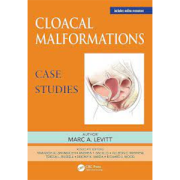

 The division of Gastroenterology, Hepatology and Nutrition at Children’s National Hospital is proud to host the Pediatric Inflammatory Bowel Disease Research Days (PIBDRD) Meeting from April 4-5, 2024.
The division of Gastroenterology, Hepatology and Nutrition at Children’s National Hospital is proud to host the Pediatric Inflammatory Bowel Disease Research Days (PIBDRD) Meeting from April 4-5, 2024.



 Advanced MRI visualization techniques to follow blood flow in the hearts of cardiac patients. Gene therapy for pediatric patients with Duchenne muscular dystrophy. 3D-printed casts for treating clubfoot. These were among the most popular articles we published on Innovation District in 2023. Read on for our full list.
Advanced MRI visualization techniques to follow blood flow in the hearts of cardiac patients. Gene therapy for pediatric patients with Duchenne muscular dystrophy. 3D-printed casts for treating clubfoot. These were among the most popular articles we published on Innovation District in 2023. Read on for our full list.
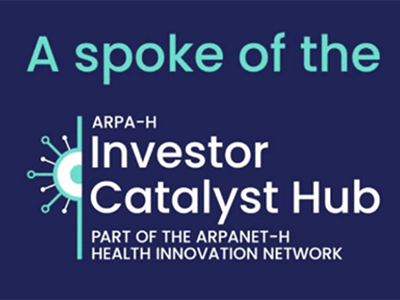 The hospital will advocate for the unique needs of children as part of nationwide network working to accelerate transformative health solutions.
The hospital will advocate for the unique needs of children as part of nationwide network working to accelerate transformative health solutions.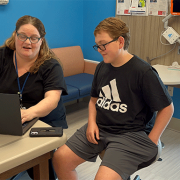

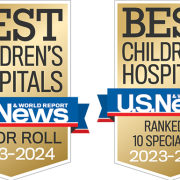
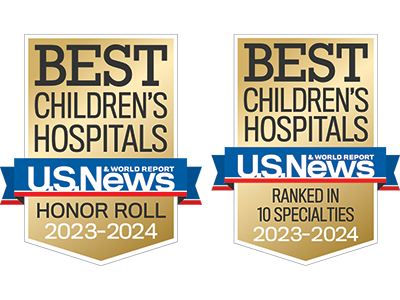 Children’s National Hospital in Washington, D.C., was ranked #5 in the nation on the U.S. News & World Report 2023-24 Best Children’s Hospitals annual rankings. This marks the seventh straight year Children’s National has made the Honor Roll list. The Honor Roll is a distinction awarded to only 10 children’s hospitals nationwide.
Children’s National Hospital in Washington, D.C., was ranked #5 in the nation on the U.S. News & World Report 2023-24 Best Children’s Hospitals annual rankings. This marks the seventh straight year Children’s National has made the Honor Roll list. The Honor Roll is a distinction awarded to only 10 children’s hospitals nationwide.

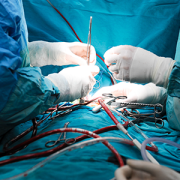

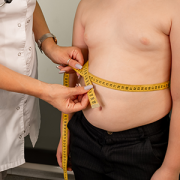



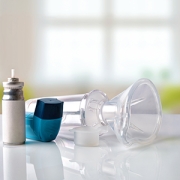
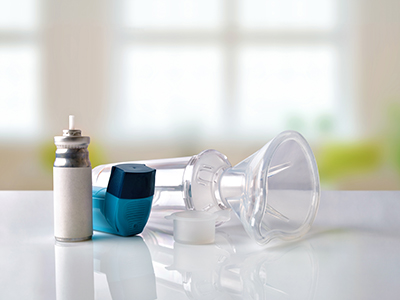

 A clinical trial testing a new drug to increase growth in children with short stature. The first ever high-intensity focused ultrasound procedure on a pediatric patient with neurofibromatosis. A low dose gene therapy vector that restores the ability of injured muscle fibers to repair. These were among the most popular articles we published on Innovation District in 2022. Read on for our full top 10 list.
A clinical trial testing a new drug to increase growth in children with short stature. The first ever high-intensity focused ultrasound procedure on a pediatric patient with neurofibromatosis. A low dose gene therapy vector that restores the ability of injured muscle fibers to repair. These were among the most popular articles we published on Innovation District in 2022. Read on for our full top 10 list.

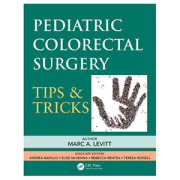
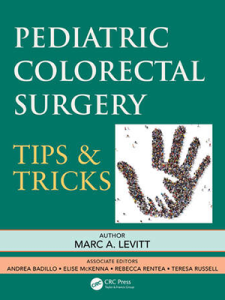


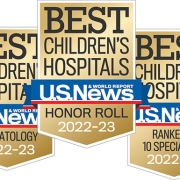
 Children’s National Hospital in Washington, D.C., was ranked No. 5 nationally in the U.S. News & World Report 2022-23 Best Children’s Hospitals annual rankings. This marks the sixth straight year Children’s National has made the list, which ranks the top 10 children’s hospitals nationwide. In addition, its
Children’s National Hospital in Washington, D.C., was ranked No. 5 nationally in the U.S. News & World Report 2022-23 Best Children’s Hospitals annual rankings. This marks the sixth straight year Children’s National has made the list, which ranks the top 10 children’s hospitals nationwide. In addition, its 